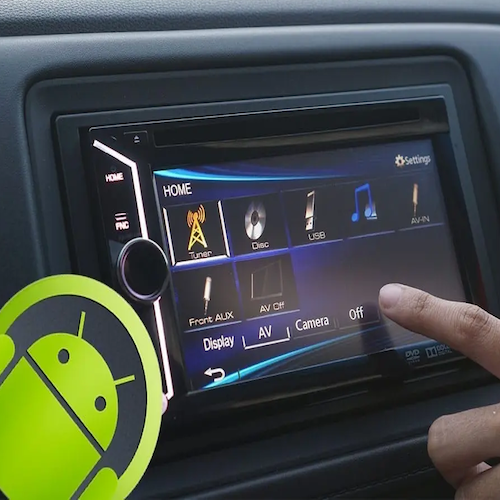Since its inception in the 1970s, the Volkswagen GTI has been a beloved icon in the automotive world. With its sporty performance and practicality, it has won the hearts of car enthusiasts and everyday drivers alike. Over the years, the GTI has evolved and improved, staying true to its roots while embracing modern technology and design. In this article, we will take a journey through the evolution of the Volkswagen GTI, from its humble beginnings to the present day.
The Birth of a Legend
The year was 1976 when Volkswagen unveiled the first-ever GTI. It was a game-changer, combining the practicality of a compact hatchback with the performance of a sports car. Powered by a 1.6-liter engine, the original GTI produced a modest 110 horsepower. While that may not sound impressive by today's standards, it was plenty for the time.
What set the GTI apart from other cars of its era was the attention to detail and sporty touches. It featured red accents on the grille, unique wheels, and a sporty interior with tartan-patterned seats. The GTI quickly gained a cult following, becoming a symbol of affordable performance.
Into the 80s and 90s
The GTI continued to evolve throughout the 80s and 90s, with each new generation bringing improvements in performance and refinement. The second-generation GTI, introduced in 1983, featured a more aerodynamic design and a more powerful engine. It also introduced the iconic "plaid" interior, which became a signature feature of the GTI.
In the 90s, the GTI received a major overhaul with the introduction of the third generation. It featured a more rounded and modern design, along with a more powerful engine. This generation also saw the introduction of features like ABS, traction control, and airbags, making the GTI not only fun to drive but also safe.
Entering the New Millennium
The turn of the millennium brought significant changes to the GTI. The fourth-generation GTI, introduced in 2003, featured a more aggressive and angular design. It also introduced a turbocharged engine, which provided even more power and torque. The fourth-generation GTI was praised for its balance of performance, practicality, and comfort.
In 2009, the fifth-generation GTI arrived with a more refined and upscale design. It featured a more spacious interior and improved technology, including a touchscreen infotainment system. The fifth-generation GTI also introduced the iconic red strip across the grille, paying homage to its heritage.
The Modern Era
The sixth-generation GTI, introduced in 2013, marked a significant step forward for the iconic hatchback. It featured a sleek and modern design, with sharper lines and a more aggressive stance. Under the hood, it packed even more power, thanks to a turbocharged engine that produced up to 220 horsepower.
With the seventh-generation GTI, introduced in 2019, Volkswagen took the performance and technology of the GTI to new heights. It featured a redesigned exterior with a wider and lower stance, giving it a more athletic look. The interior was also upgraded, with a more driver-focused layout and the latest connectivity features.
The Future of the GTI
As we look ahead, the future of the GTI looks bright. In recent years, Volkswagen has been pushing the boundaries of electric performance with models like the ID.4 and ID.3. It's only a matter of time before we see an all-electric GTI, combining the fun and excitement of the iconic hatchback with the sustainability of electric power.
In conclusion, the Volkswagen GTI has come a long way since its debut in the 1970s. It has evolved and improved with each new generation, staying true to its roots while embracing the latest technology and design. The GTI remains a symbol of affordable performance and practicality, with a dedicated fan base that spans generations. Whether you're a car enthusiast or an everyday driver, the GTI is sure to put a smile on your face.
So, buckle up and get ready for the ride of your life with the Volkswagen GTI!









